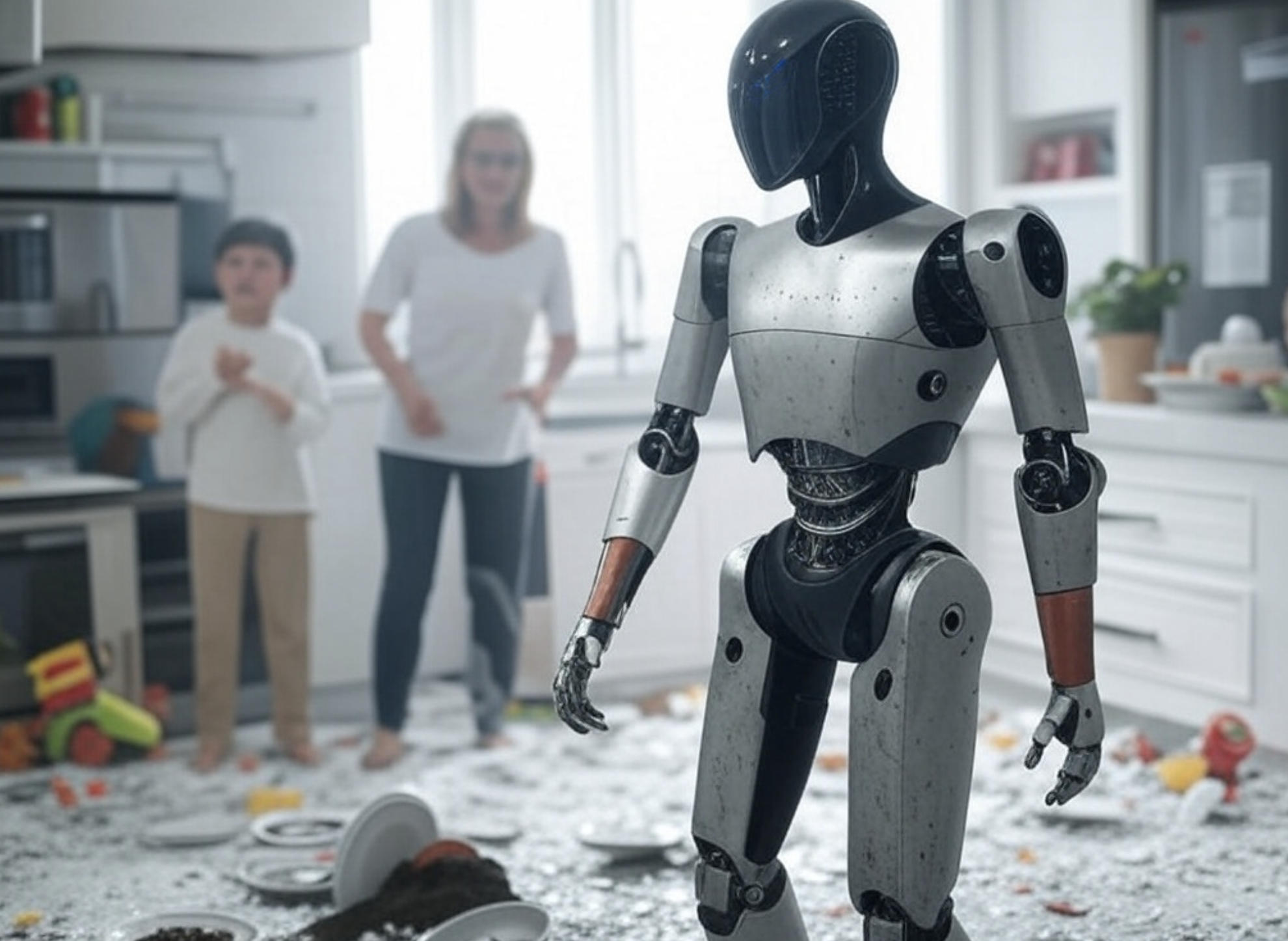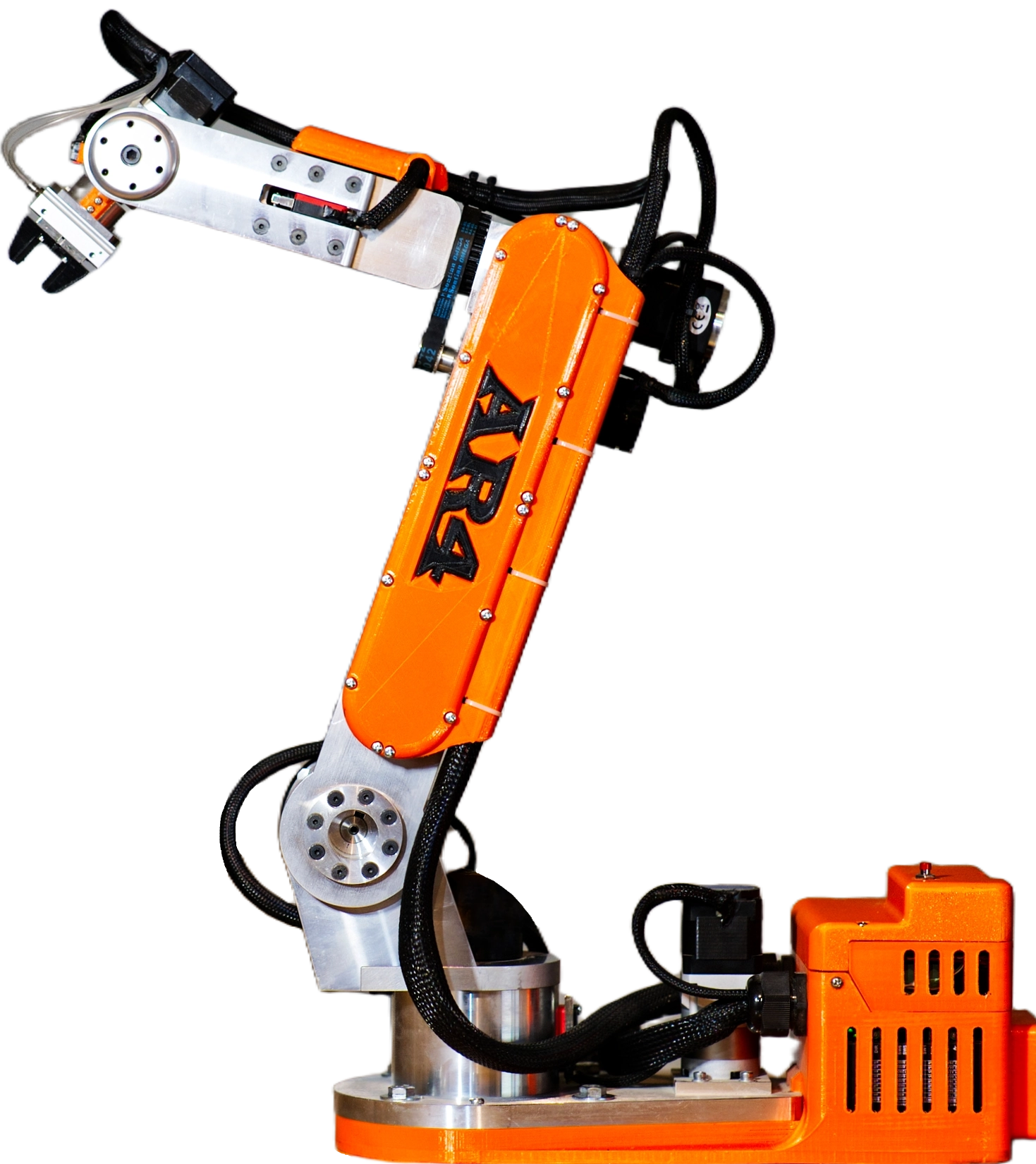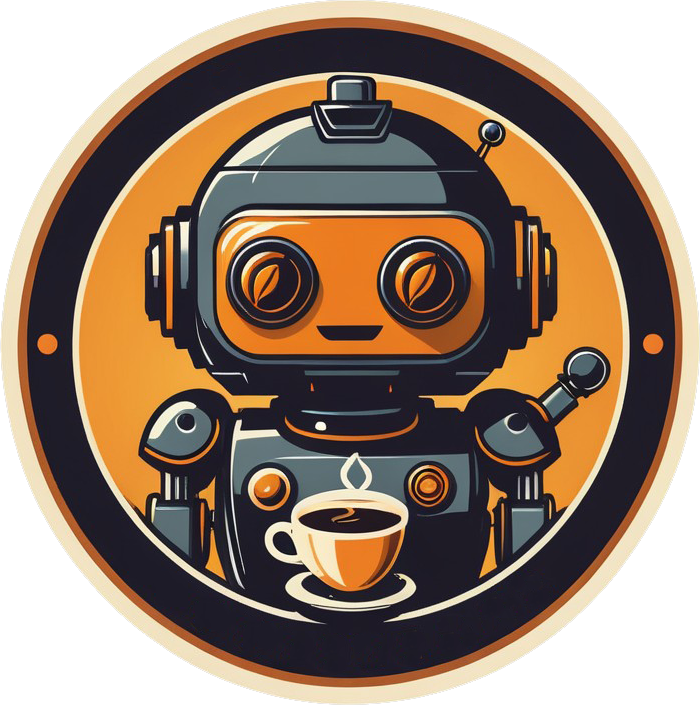
The race to put humanoid robots in homes is heating up, with companies like 1X, Figure, and Tesla betting big on consumer adoption as early as 2025. But despite the hype, these robots won’t be practical in households anytime soon—for several key reasons.
At the same time, humanoids will revolutionize other industries much sooner. Here’s why homes are a dead end (for now)—and where these machines will dominate first.

1. Prohibitively Expensive for Consumers
2. Homes Are Unstructured, Chaotic Environments
3. Energy and Maintenance Challenges
4. Lack of Clear ROI for Home Use
5. Safety and Trust Issues
This hype cycle mirrors other technological false starts throughout history. Remember when Second Life promised a virtual economy that would replace real-world commerce? Or when Facebook (now Meta) invested billions into the metaverse, convinced we’d all be living in VR? In both cases, the technology arrived—but the mass adoption never materialized because the actual utility didn’t justify the cost and complexity for most users.
We’re already seeing similar patterns with humanoids. Tesla’s Optimus demonstrations show carefully staged tasks in controlled environments—much like how early VR demos showed perfect virtual worlds that didn’t reflect real-world usage. And just as celebrities like Kim Kardashian pose with humanoid robots for viral moments (remember when Paris Hilton “lived” in Second Life?), these publicity stunts won’t translate to practical home adoption.
Humanoid robots in homes face the same fundamental problem as these past technologies: just because something is technologically possible doesn’t mean people will find it genuinely useful in their daily lives. The Segway, Google Glass, and countless other “revolutionary” products learned this lesson the hard way.
While homes are a distant dream, humanoids will thrive in structured, high-value environments where:
1. Industrial & Manufacturing Work
Why? Factories face severe labor shortages—by 2030, 20 million manufacturing jobs could go unfilled.
Use Cases:
2. Construction & Infrastructure
Why? Dangerous, physically demanding jobs are hard to fill.
Use Cases:
3. Healthcare & Elderly Assistance
Why? Aging populations (like Japan, Europe, U.S.) need caregivers.
Use Cases:
4. Disaster Response & Military
Why? Too dangerous for humans.
Use Cases:
5. Agriculture & Farming
Why? Labor shortages + backbreaking work.
Use Cases:
Humanoids aren’t coming to your home soon—but they are coming to factories, hospitals, and construction sites within the next 5-10 years. That said, even in these environments, they won’t be truly efficient for some time. Early deployments will be limited, expensive, and require heavy human supervision—more proof-of-concept than productivity boosters.
The winners in this space won’t be the companies chasing viral moments with celebrity endorsements, but those solving real industrial problems where the economics make sense today. Once the technology matures in these professional applications—and prices drop—then we’ll see viable home robots. But that day is much further away than the hype would have you believe.




